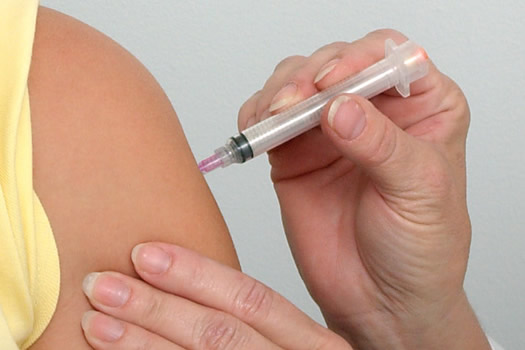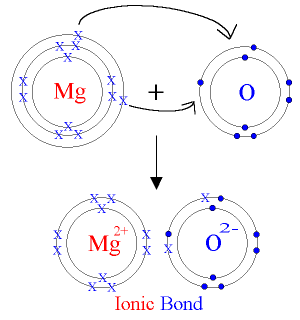
by admin | Sep 19, 2012 | Natural Facts, Newsletter thru 2013
Background Resveratrol is a plant compound similar to flavonoids. It is found in low levels in the skin of red grapes, red wine, cocoa powder, baking chocolate, dark chocolate, peanuts, and mulberry skin. Red wine is perhaps the most recognized source of resveratrol,...

by admin | Sep 12, 2012 | Natural Facts, Newsletter thru 2013
Introduction Despite the fact that the U.S. Center for Disease Control (CDC) advocates a seasonal flu shot for everyone, the reality is that not everyone feels comfortable with this recommendation. I know that myself and many other health experts do not endorse...

by admin | Aug 29, 2012 | Natural Facts, Newsletter thru 2013
Background InformationWhile calcium gets most of the attention, magnesium is just as much of a major essential mineral and may be a much more important supplement consideration for many. Over 50% of the body’s magnesium is contained in the bones. Magnesium is...

by admin | Aug 23, 2012 | Natural Facts, Newsletter thru 2013
The Encyclopedia of Natural Medicine just underwent its first revision in 15 years. In this broadcast of Five to Thrive Live, coauthor Michael Murray, ND, describes what surprised him most when updating the book and explains why curcumin, proteolytic enzymes and beta...

by admin | Aug 14, 2012 | Natural Facts, Newsletter thru 2013
Background: Of all the foods available on planet Earth, perhaps the most magical (and interesting) is chocolate. This delectably seemingly addictive food is produced from the beans of the cacao tree whose official name Theobroma cacao reflects the long standing love...








